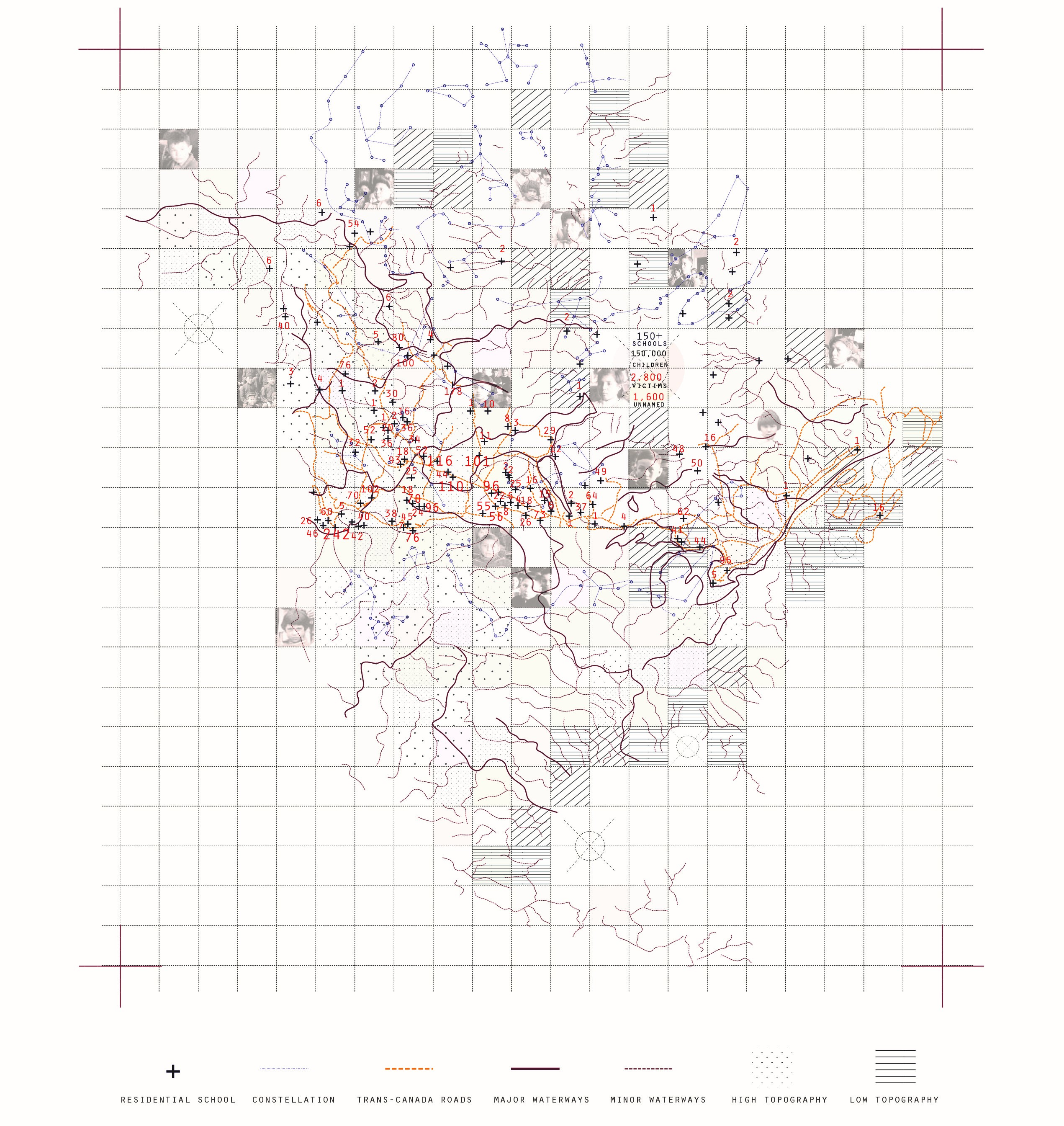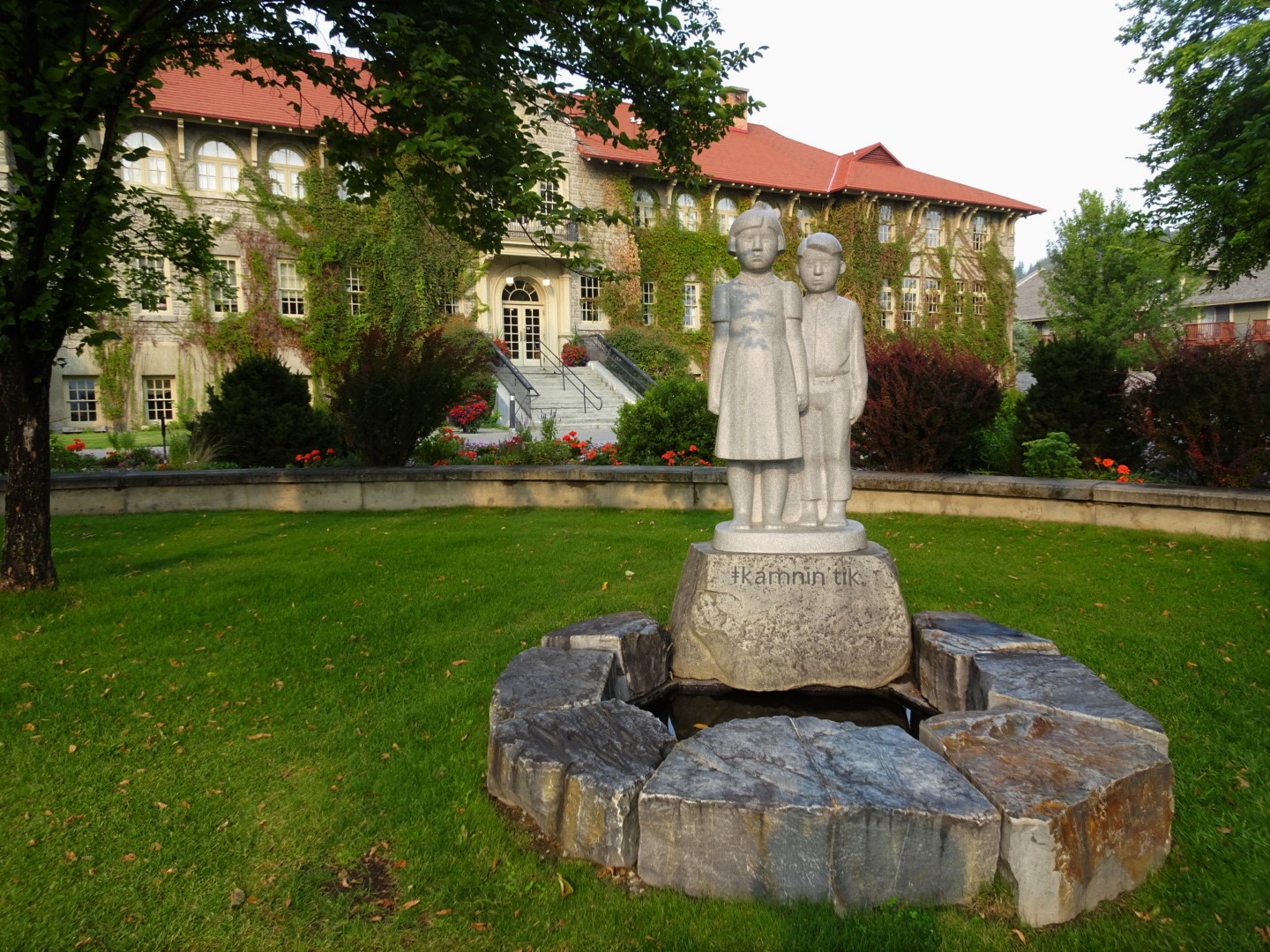This is an exciting accomplishment, and reflective of the Catherine’s immense effort to present a challenging subject matter through an innovative, inclusive, sensitive and decolonial approach. A journal on architectural conservation, O B L / Q U E acknowledges that there is no neutral historic site, place, or narrative and proposes that Conservation architects have the opportunity and responsibility to renegotiate history and power relationships through design. It is a journal focused on Critical Conservation, and is a bi-annual peer-reviewed publication based at the Harvard University Graduate School of Design and Carleton University.

Catherine’s Thesis explores redefining former Indian Residential Schools (IRS) and landscapes in conjunction with Indigenous knowledge, using examples from the former; The St Eugene Mission (Repurposed—Cranbrook B.C.), Brandon Industrial School (Demolished—Brandon, MB), Mohawk Institute (Restored—Brantford, ON), and reveals how the inherent architectural design and landscapes of these spaces disrupted Indigenous senses of place and identity. She argues that as the country moves forward in its path to Reconciliation, representing notions of de-colonialism and its intersections with heritage conservation, within the context of the IRS infrastructure and landscapes, can disrupt previously held Eurocentric perspectives and approached that have contributed to the ripple-effect of on-going colonial trauma. This is particularly relevant to the futures of IRS infrastructure and landscape.
Architectural conservation can be used as a tool for de-colonization through means of recognition, reconciliation, and healing. This is particularly poignant in the possibility of providing healing opportunities for Indigenous Peoples, while dually educating and subverting the settler’s experience within territory, presenting an alternative to current architectural conservation methodology. Heritage professionals can and should challenge Western adaptive-reuse, restoration, and demolition while imparting that memory be included in practice.

While pandemic restrictions on travel made it impossible to travel to the three sites during her thesis year, Catherine approached the subject in creative ways, by inspiring from nature in addition to innovative mapping techniques that deconstructed Eurocentric depictions of territory and spatial relationships. This September, Catherine was finally able to visit one of the subject sites in person, The St Eugene Mission in Cranbrook, BC. Albeit having completed her M. Arch thesis, Catherine hopes to continue this work as a heritage professional in Canada. Visiting the site solidified that there is still much work to do—and the most productive first step is in fact to step back, make space for and listen to the local communities who have been affected by the Colonial Project.
A link to the full article, and the entire volume, as well as previous editions, is available on the O B L / Q UE website.
The featured image represents the landscape scale of The Encounter, which subverts visitors at the St-Eugene mission, to represent a collective memory.

